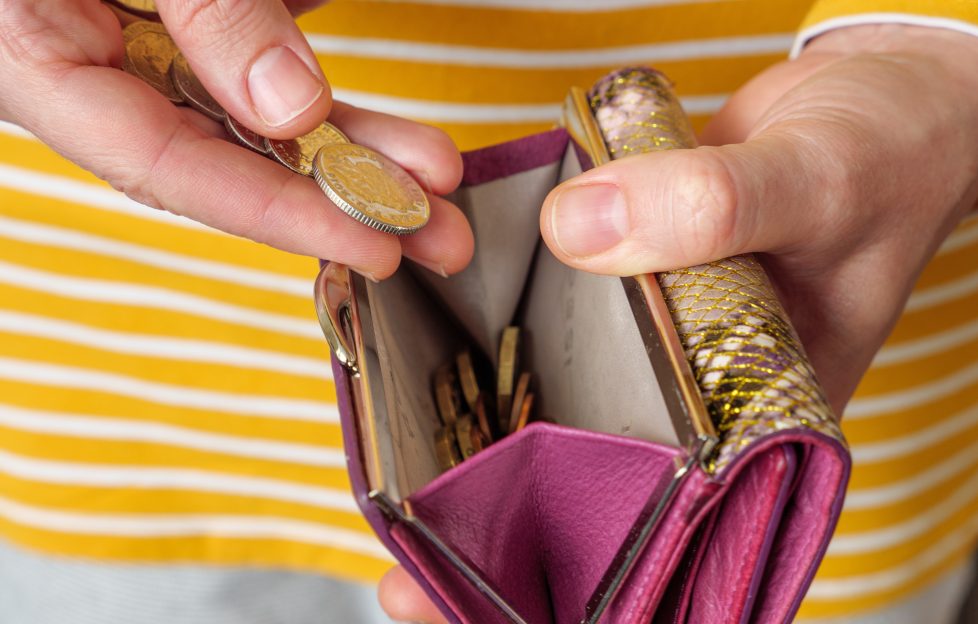 Shutterstock / Alex Segre©
Shutterstock / Alex Segre©Despite a significant jump in the small number of people who prefer to use cash for everyday shopping, the number of people making contactless payments on mobile phones continues to rise.
According to UK Finance, around 1.5 million adults mainly used cash for day-to-day purchases in 2023 – up from 900,000 in 2022 . This is the first spike since 2019, when it was 2.1 million people.
In 2020, the number dropped dramatically to 1.2 million – attributed to social distancing during the COVID-19 pandemic – and continued to fall until this sudden rise last year.
Those paying with cash tended to be more financially strained and were using cash as a means to help them budget. This is a true indicator of the times and the impact of cost of living crisis.
However, overall cash usage was just 12% of all transactions last year, which is down from 14% the previous year.
According to the latest data from UK Finance, 22 million consumers were primarily cashless in 2023.
The number of contactless payments on phones continues to rise, particularly within younger age groups
Approximately 38% of all payments were contactless in 2023, with 42% of adults registered for mobile phone contactless payments, such as Apple Pay and Google Pay. This is up from 30% in 2022.
According to the research, 3 in 4 young people now regularly make contactless payments on their phone.
Of those surveyed, 72% of 18 to 24-year-olds and 60% of 25 to 34 year-olds were regularly using their digital wallets to pay. Whereas, 27% of 45 to 54-year-olds and just 8% of over 65s paid using their mobile phones.
There’s a clear generational trend of comfortability with technology. Mobile app payments may just be more convenient for younger adults because so many other aspects of their lives are managed within their phones.
Debit cards remain the most popular payment method, accounting for 51% of all payments made in 2023. They are the most used payment method amongst UK consumers across all age groups.
While cards have a contactless limit of £100, mobile contactless payments don’t but are secured by biometrics, such as fingerprint recognition technology.
This explains the recent rise in mobile phone theft for banking fraud, particularly in densely populated areas such as London.
Either way, it seems like there is no stopping the rise in these new digital ways to pay. But if you are still using cash to pay for your day-to-day spending, know you are not alone.




